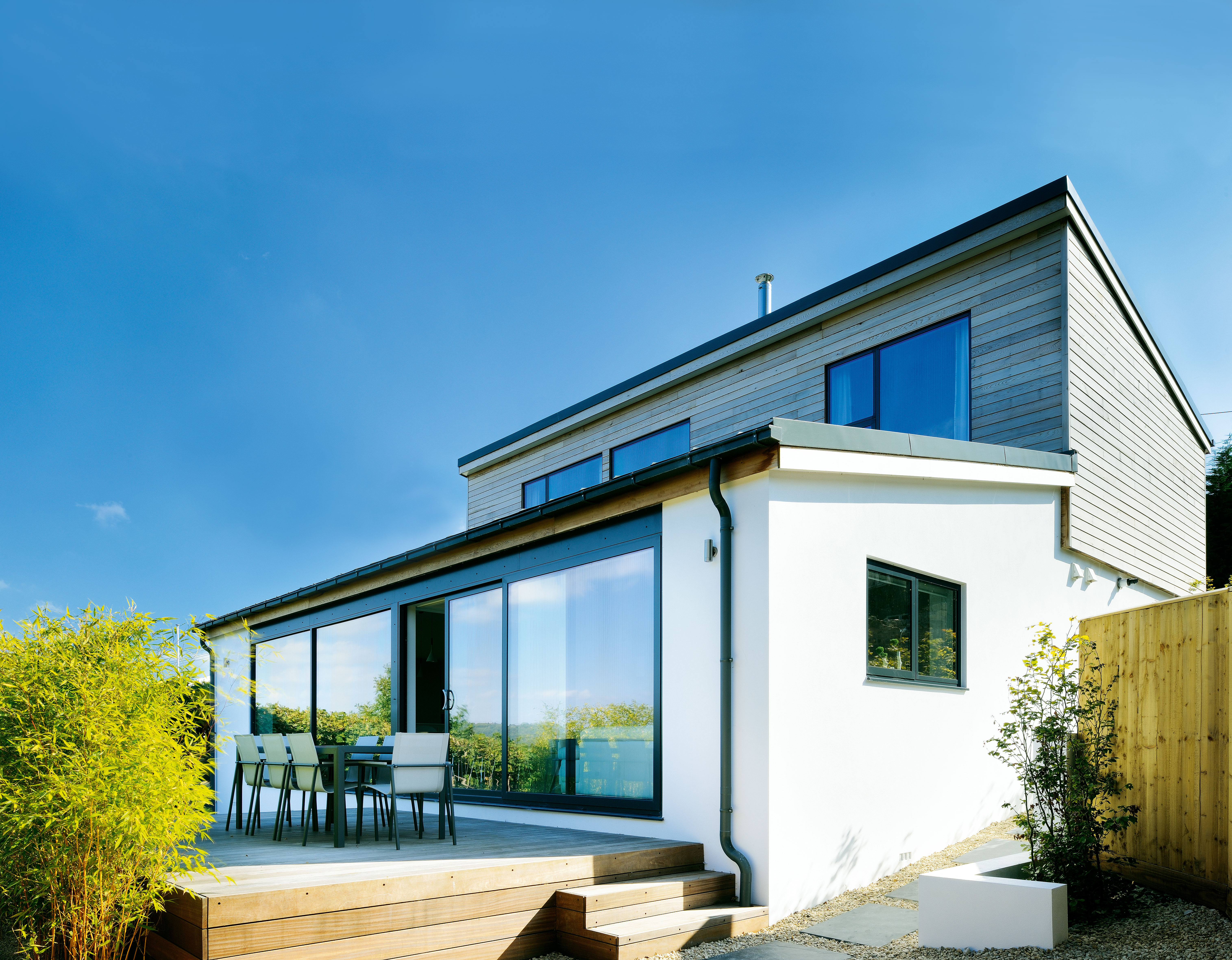

Sarah Warwick
Want to improve your home without planning permission? The good news is that there is plenty you can do without the need to get the go-ahead from local planners thanks to permitted development rights.
Extensions on both a single and two storeys, loft and garage conversions, building a garden room, going open plan, and more could all be possible without the need to apply for planning permission. What’s more, your project could take less time and cost less this way.
We’ve put together 20 options for extending and remodelling to inspire you, along with guidelines on the rules you’ll need to follow.
Improving without planning permission? Check first
There’s a whole lot of home improvements you may be able to undertake under permitted development rights (PD), but you should always check with your local planning authority to ensure you do not require planning permission, as, in some cases, PD rights may have been removed.
If you’re thinking of selling the property in the future, obtain a certificate of lawful development from your local authority via the government’s planning portal confirming the project falls within PD. This will cost £103 in England.
Please note, Scotland, Wales and Northern Ireland each have their own version of these rules, so be sure to check locally.
1. Add a single storey extension without planning permission
Permitted development rights for extensions allow single storey extensions without the need for planning permission.
‘Under permitted development rights, you can add a single-storey extension to the back and sides of your house,’ explains Thomas Goodman, property and construction expert at MyJobQuote. ‘In general, rear extensions can extend 4m out from the initial dwelling on detached housing and 3m in other cases. Larger projects of up to 8m are permitted in England, subject to an alert procedure.’
‘Side additions can be up to half the width of the original structure. For a permitted extension, you are limited in ridge height (4m) and the garden space you can cover (no more than 50 per cent).
Be aware that side extensions are not permitted in conservation areas or Areas of Outstanding Natural Beauty, and any materials used should be similar to the existing property.
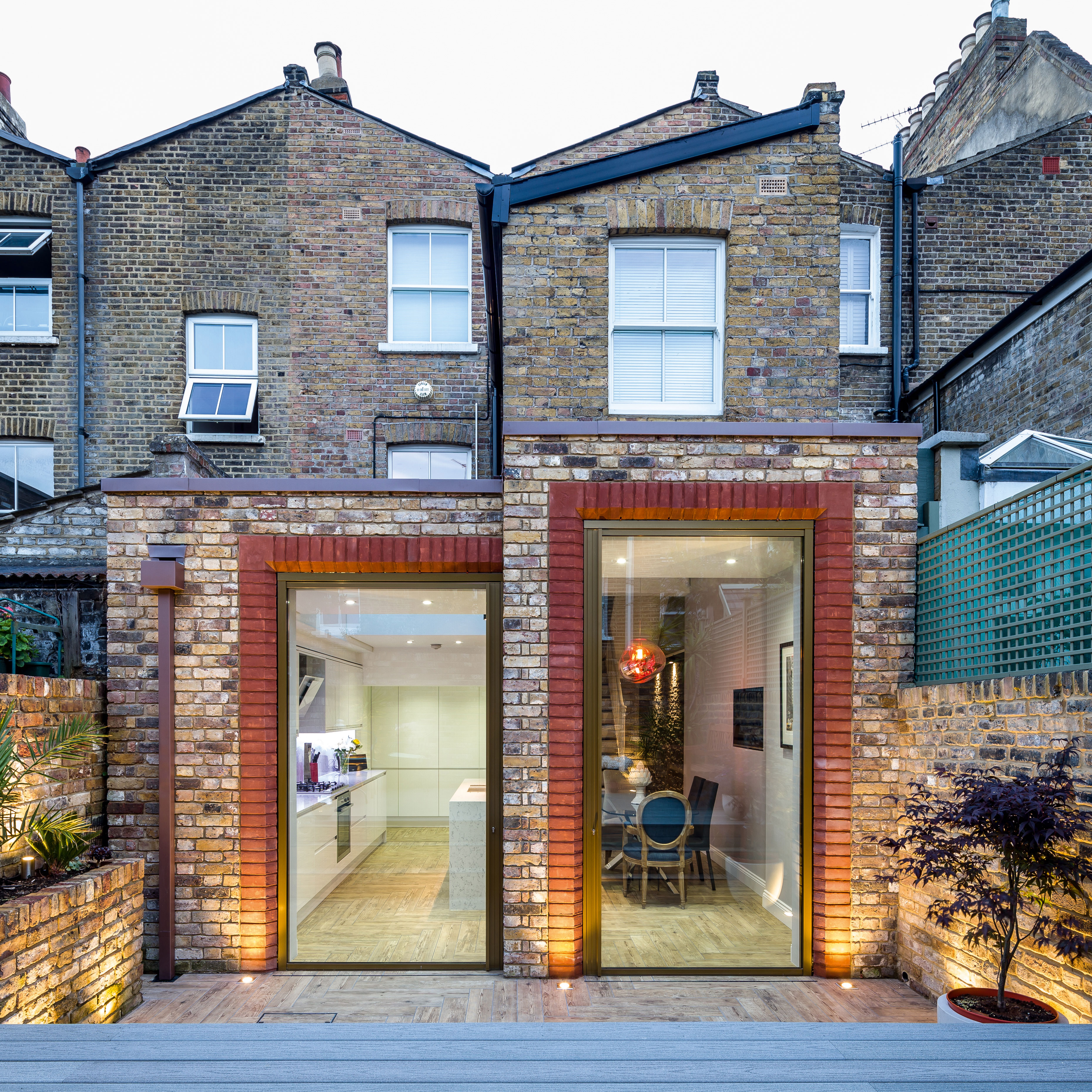
2. Remodel your interior without planning permission
As long as you’re not extending the overall footprint of your home, permitted development allows you to carry out interior remodelling – such as demolishing interior walls to create an open-plan layout – without obtaining planning permission to achieve open plan room design ideas.
You’ll need to follow building regulations guidance for some parts of the work, such as structural and electrical changes, though.
‘Keep in mind that you may require building consent if your home is classified as a listed building,’ says Thomas Goodman.
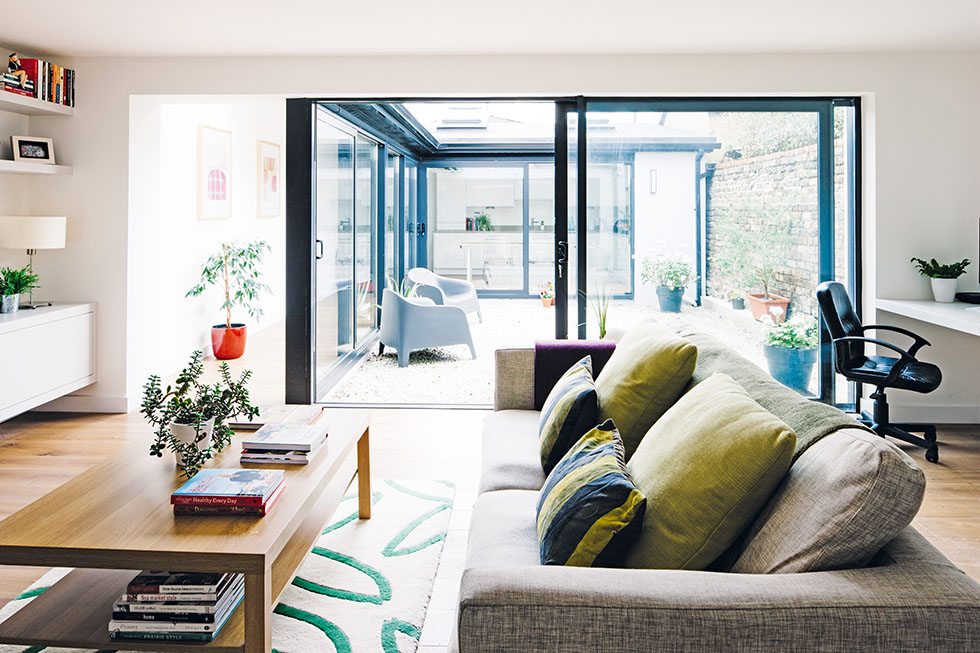
3. Convert your garage without planning permission
Permitted development allows you to alter the internal space within an existing part of your property as long as you are not increasing the overall footprint. This means that it's possible to plan a garage conversion without applying for planning permission.
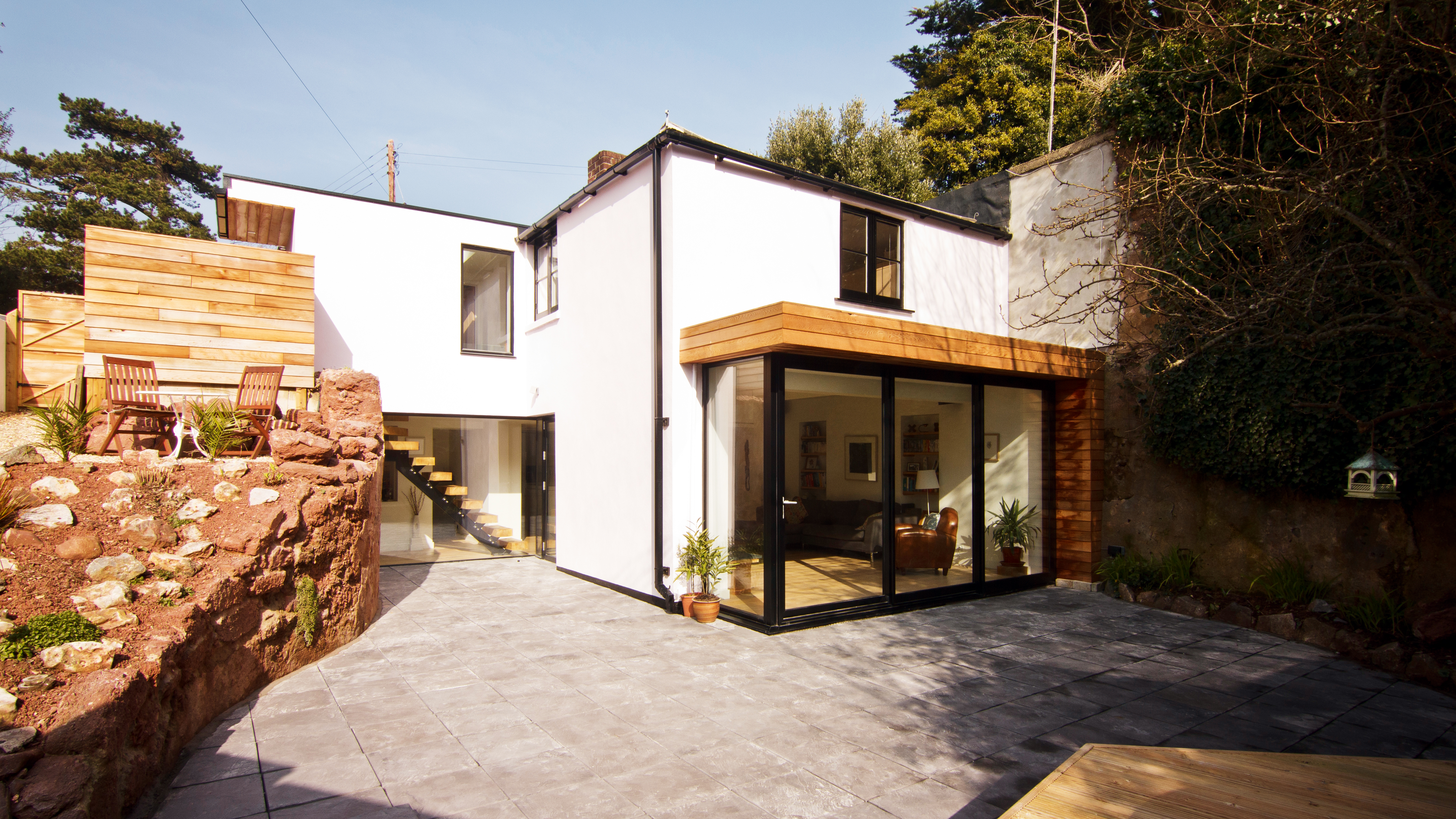
4. Add new windows or doors without planning permission
Fitting new windows and doors of a similar appearance to those used in the construction of the house doesn’t usually require planning permission, as long as your property isn’t listed. In the latter case, it’s important to know how to choose windows for a period home.
Any new windows facing the sides of your property must have obscured glass and cannot open, unless they’re more than 1.7m above the floor of the room. It’s also worth bearing in mind that new bay windows are classed as extensions.
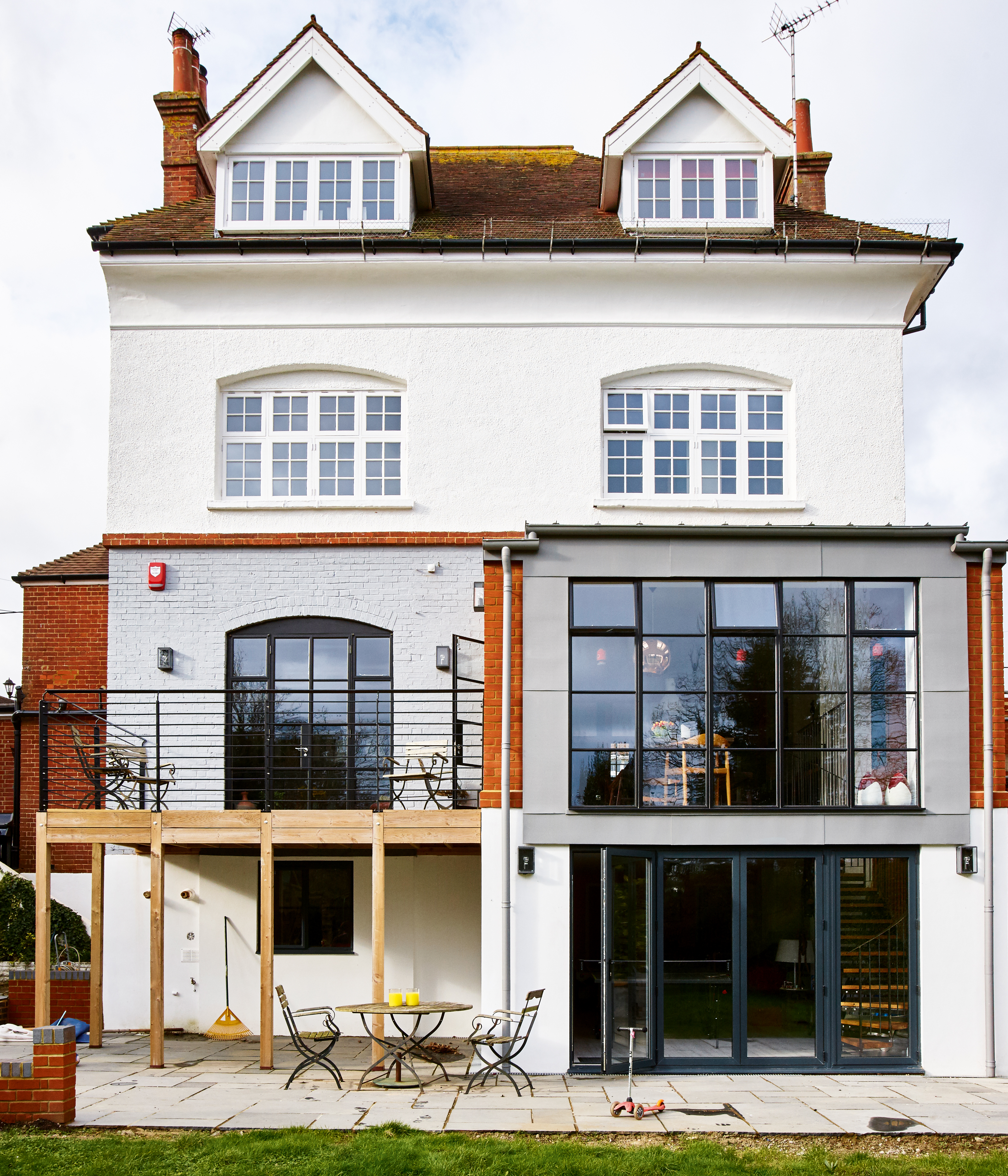
5. Install rooflights without planning permission
Rooflights can be added to your home without planning permission, providing they don’t project more than 15cm from the roof slope, are no higher than the highest part of the roof and, if they are in a side elevation roof slope are obscure-glazed and either non opening or more than 1.7 above the floor level.
However, planning permission is required where they would extend forward of the roof plane at the front of the property, and they aren’t allowed on properties in a Conservation Area or Area of Outstanding Natural Beauty.
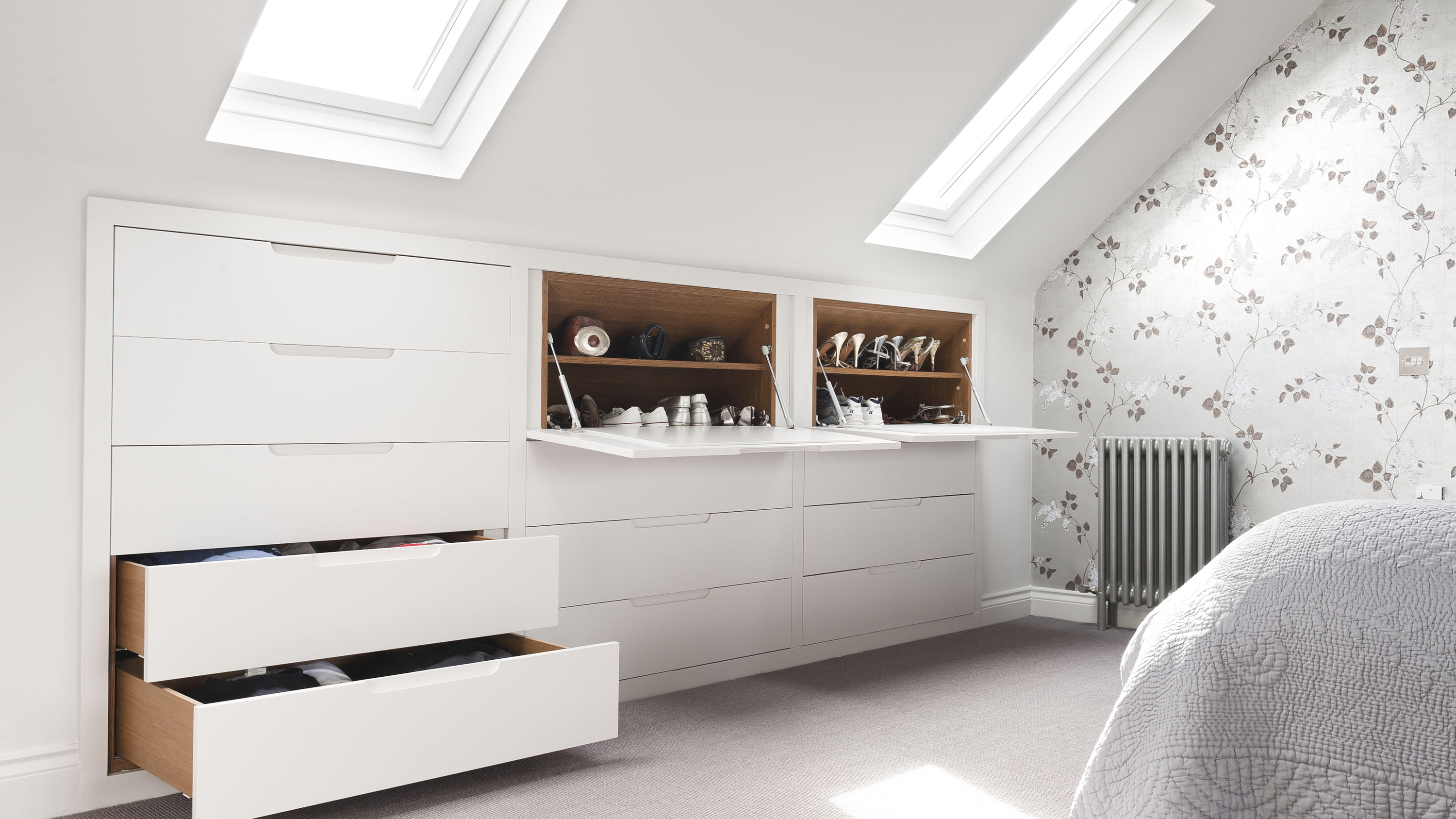
6. Convert your loft without planning permission
Planning a loft conversion is a great way to gain extra rooms. ‘Terraced properties are allowed to develop an additional 40 cubic meters of extra space,’ says Robert Wood, managing director of Simply Construction Group.
‘Semi-detached and detached properties can develop up to 50 cubic meters. With this allowance, you can achieve quite impressive loft conversions which allow for extra bedroom(s) and a bathroom.’
No part of this type of extension should be higher than the highest part of your existing roof, or extend further forward than the roof plane at the front of the house.
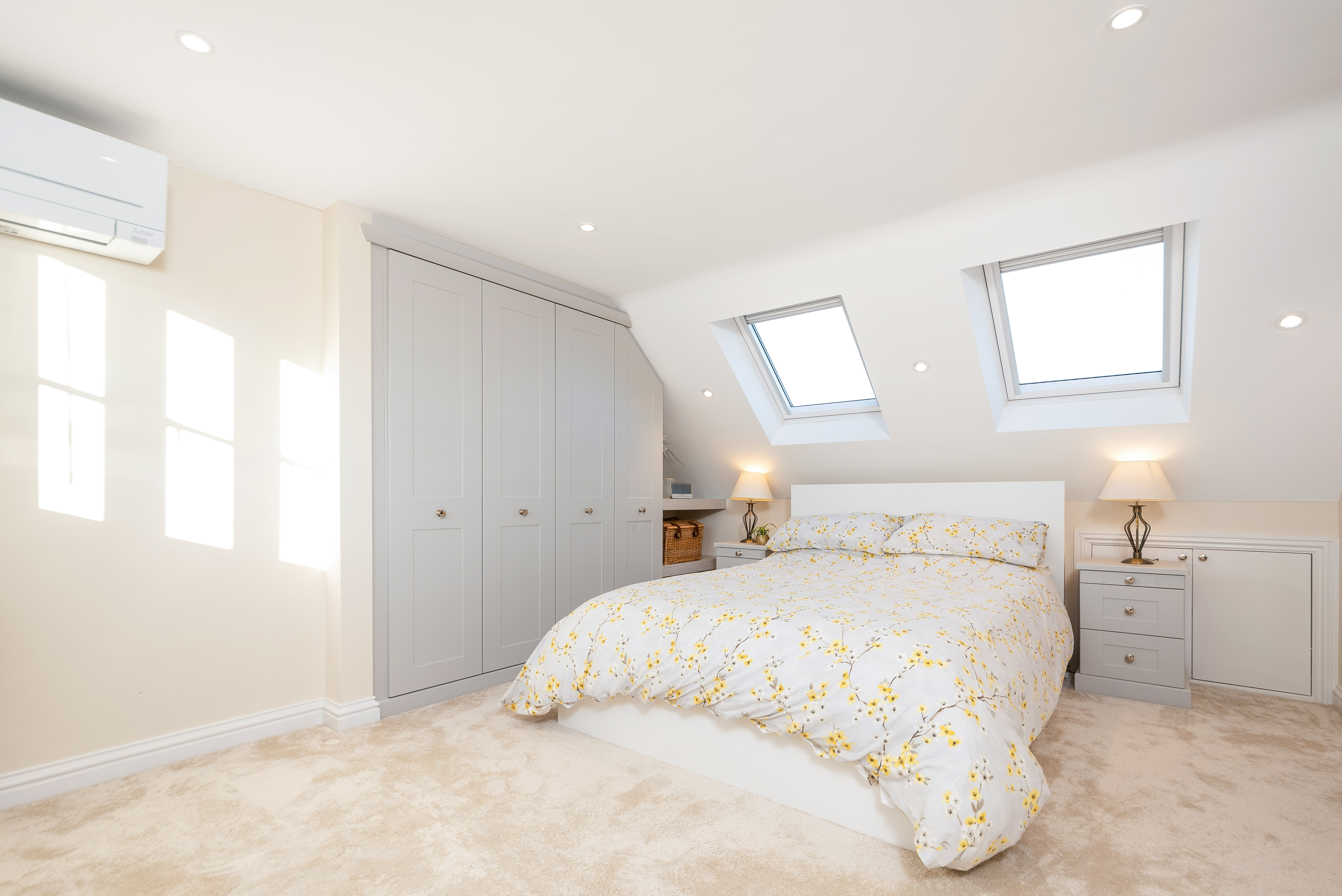
7. Add a double storey extension without planning permission
A double storey extension can only be added to your house without planning permission – and under PD rights – if it is at the rear. This includes adding a second storey above an existing single storey part of the house.
A two storey extension must not exceed 3m in depth or be within 7m of the rear boundary. Specific restrictions will also apply to the windows in such extensions.
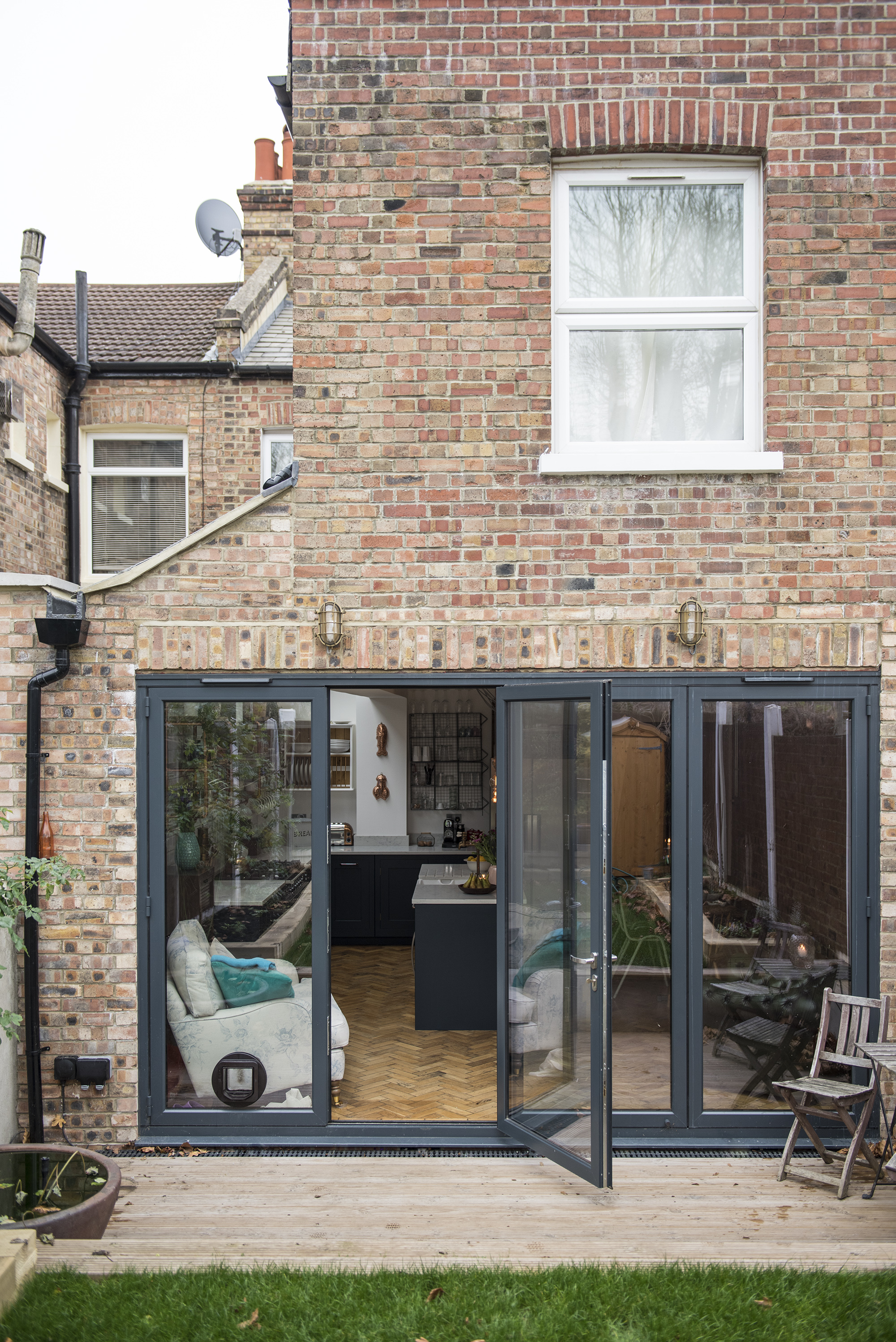
8. Add a garden room without planning permission
Whether you’d like a home office, studio or summerhouse, adding a garden room is likely to be allowed under PD rights, unless you live in a conservation area.
You should avoid building in front of your property, as this generally requires planning permission, and your plans will also need to meet the following criteria:
- Outbuildings must be single storey with a maximum eaves height of 2.5 metres and maximum overall height of four metres with a dual pitched roof, or 3m for any other roof.
- No verandas, balconies or raised platforms are allowed.
- No more than half the area of land around the ‘original house’ would be covered by additions or other buildings.
- Planning permission will be needed for rooms used as accommodation.
- In National Parks and Areas of Outstanding Natural Beauty, the maximum area to be covered by outbuildings that are more than 20m from house is 10 sq m.
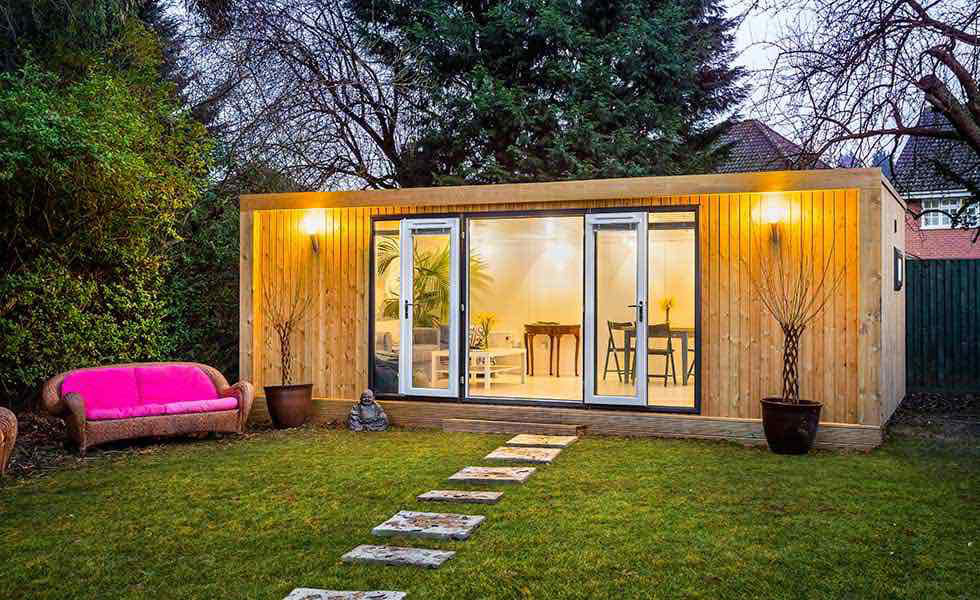
9. Add a porch without planning permission
Most PD rights do not allow changes to the front of your house, but building a porch is an exception. So long as the porch is not taller than 3m; within 2m of a boundary next to a highway; or over 3 sq m; it can be added without planning permission.
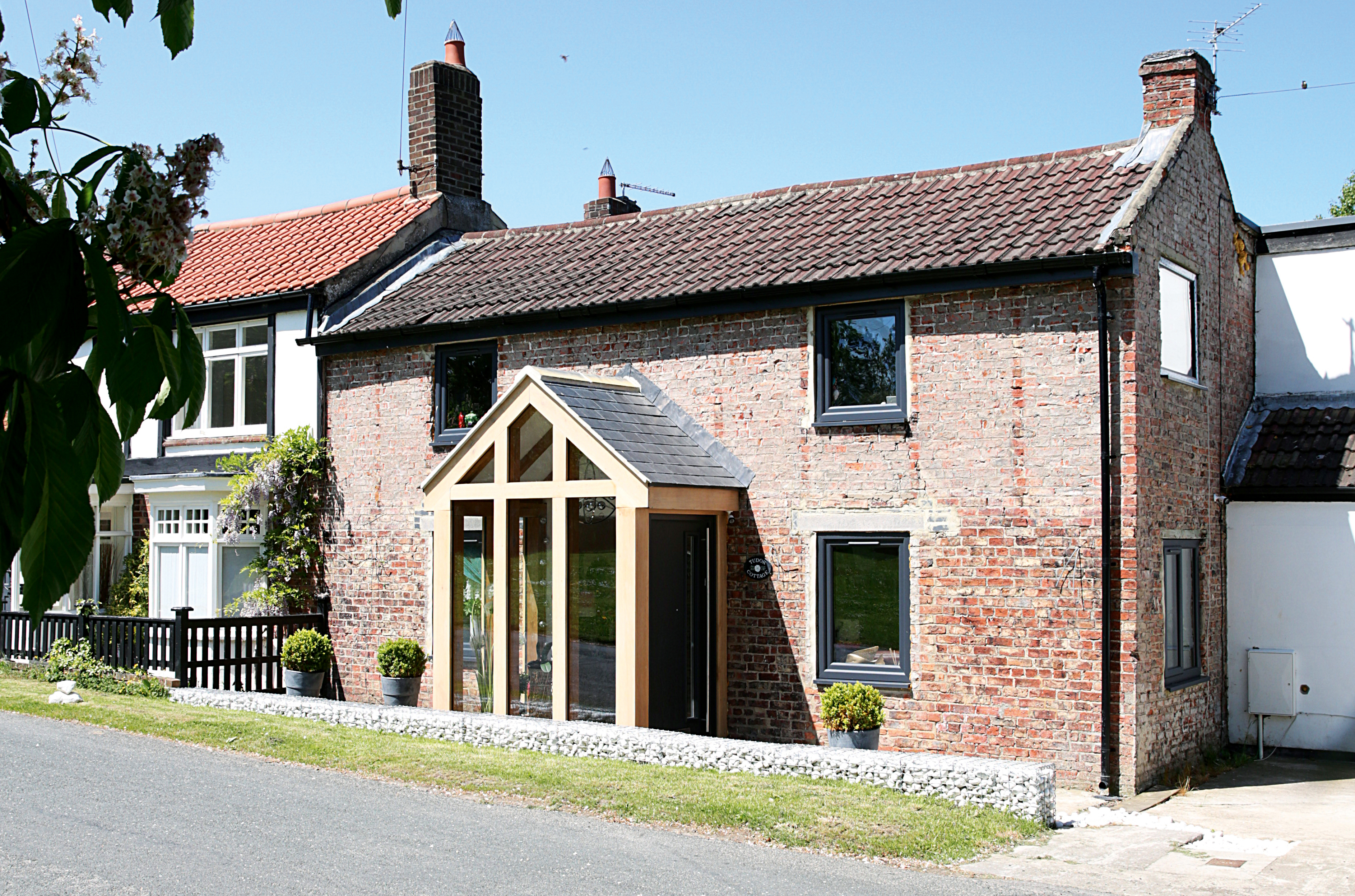
10. Combine two buildings without planning permission
If you’re thinking of moving because of a lack of space, consider whether you could convert two houses, such as a pair of semis or two flats, into one, as this can usually be done under PD, and therefore without planning permission.
It’s worth knowing that the same rules do not applying to splitting an existing property into two – this requires full planning permission.
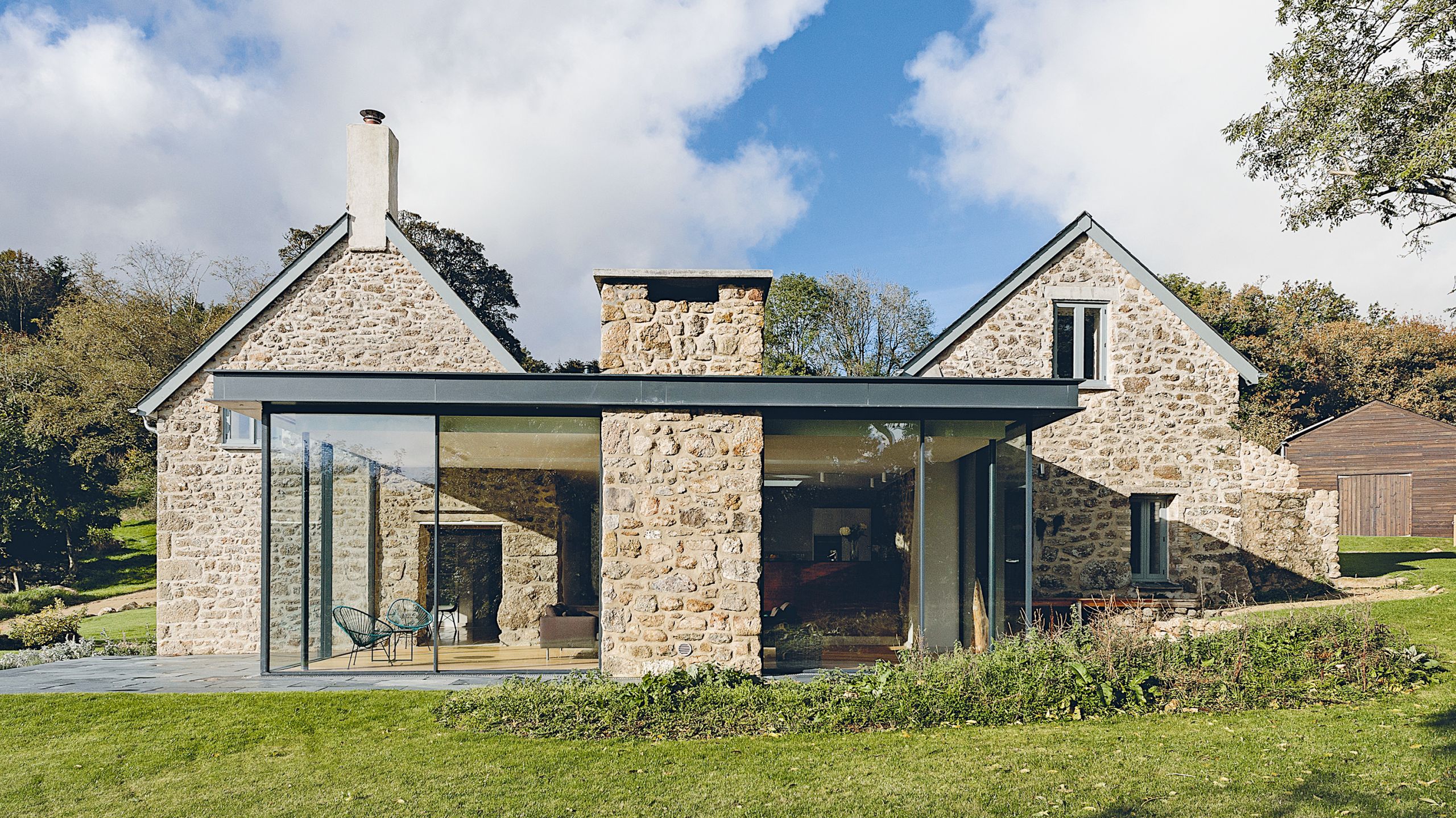
11. Change gates, fences and walls without planning permission
You can erect, maintain, improve or alter a garden gate, fencing or wall, providing it doesn’t exceed 1m tall, if next to a highway, or 2m for any other boundary. For listed buildings, you’ll need to apply for planning permission.
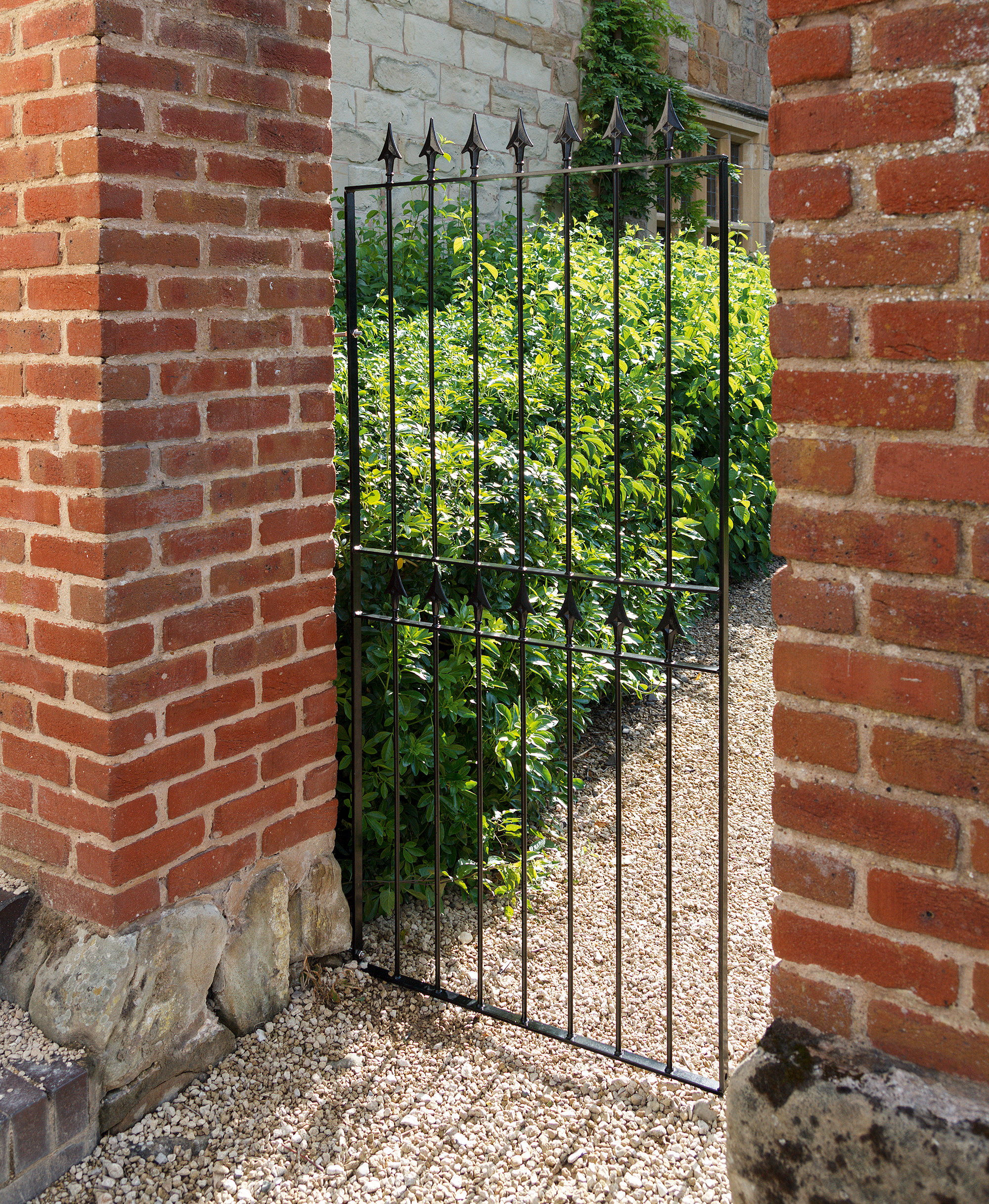
12. Invest in a swimming pool without planning permission
Adding a swimming pool is sure to be a popular decision for the whole family. Under PD rights, you can usually build an outdoor pool within your garden but check with your local authority particularly if you live in a conservation area, listed building, designated land, a national park or on green belt land.
If you’d rather your pool was indoors, see point eight for the rules on creating an outbuilding. Bear in mind that swimming pools are not popular with everyone, so if you're thinking of selling up any time soon, this is something you need to consider very carefully.

13. Add exterior cladding without planning permission
Timber, stone and render are all popular types of external cladding and can usually be added without planning permission providing your home isn’t within a conservation area or Area of Outstanding Natural Beauty.
Adding cladding alone doesn’t require building regulations approval – but if you’re planning to add insulation, you’ll need to apply to your local building control department.

14. Create a decked area without planning permission
PD rights cover installing decking in your garden, providing it is no more than 30cm above the ground. The decking ideas, plus any extensions or outbuildings cannot cover more than 50 per cent of your garden – especially crucial when it comes to small garden decking ideas.

15. Install solar panels without planning permission
Solar panels can be added to your home without planning permission. There are some restrictions, though, say the experts at Love Energy Savings. ‘Panels can't be installed above the highest part of the roof (excluding the chimney). They can't stick out more than 20 cm from the roof (although it would be pretty unusual if they did).
‘If you no longer have any use for your panels or they've broken and you're choosing not to replace them, you're required to take them down in a timely manner. In reality this is not a rule that's very heavily enforced, but it's still on the list of requirements.
‘Scotland has some additional rules regarding solar panels on exterior walls, blocks or flats, and flat roofed buildings.’
Note that restrictions apply in conservation areas and on listed buildings.
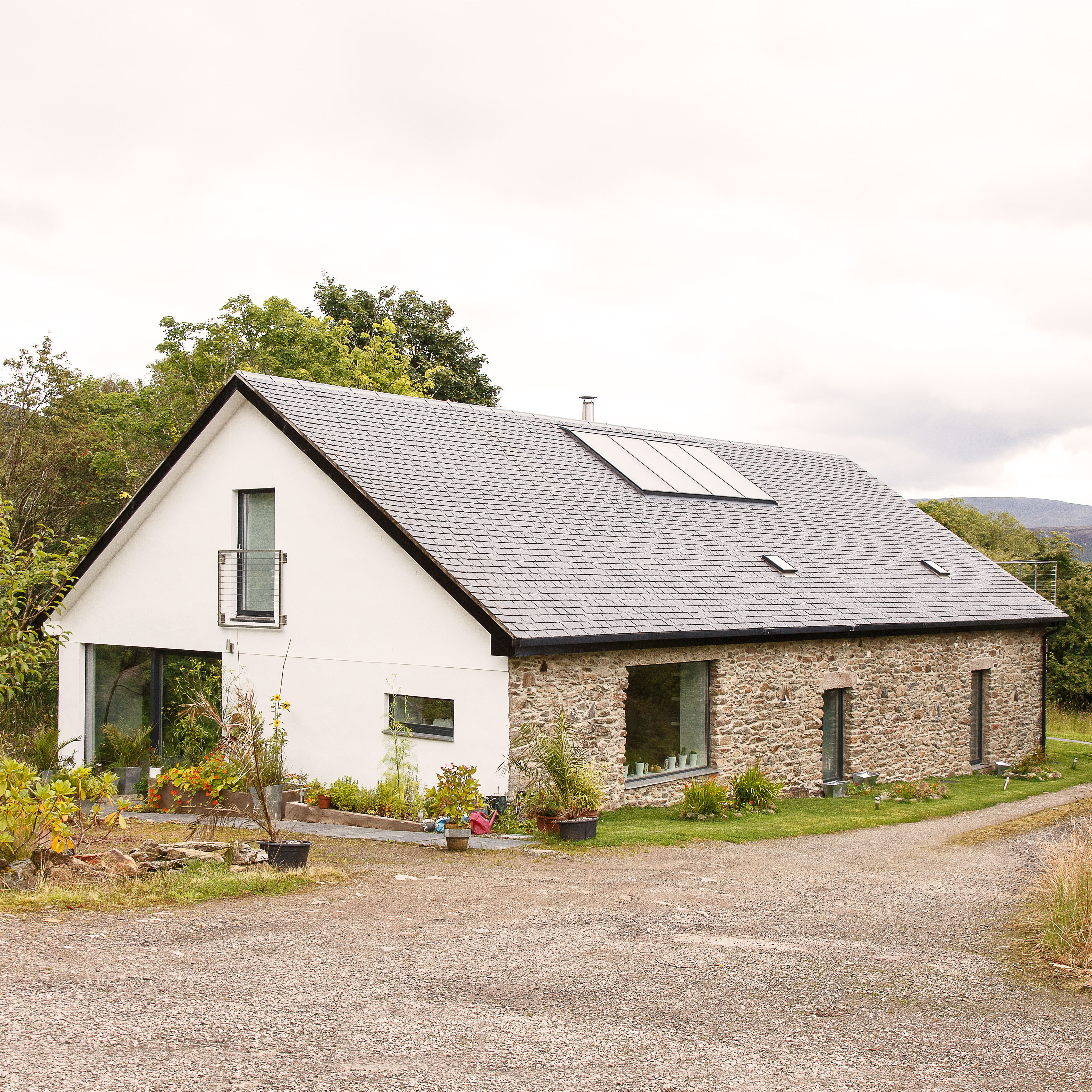
16. Add a driveway without planning permission
Adding a driveway without planning permission is allowed, providing any surface over 5 sq m is made of porous material, or that run-off water from the surface will be directed into a permeable area within the property boundary – not onto the highway.
However, it’s worth bearing in mind that adding a drop kerb outside your home may require planning permission and must be built to specific standards and approved by your local council, and you can't access a driveway without a dropped kerb.
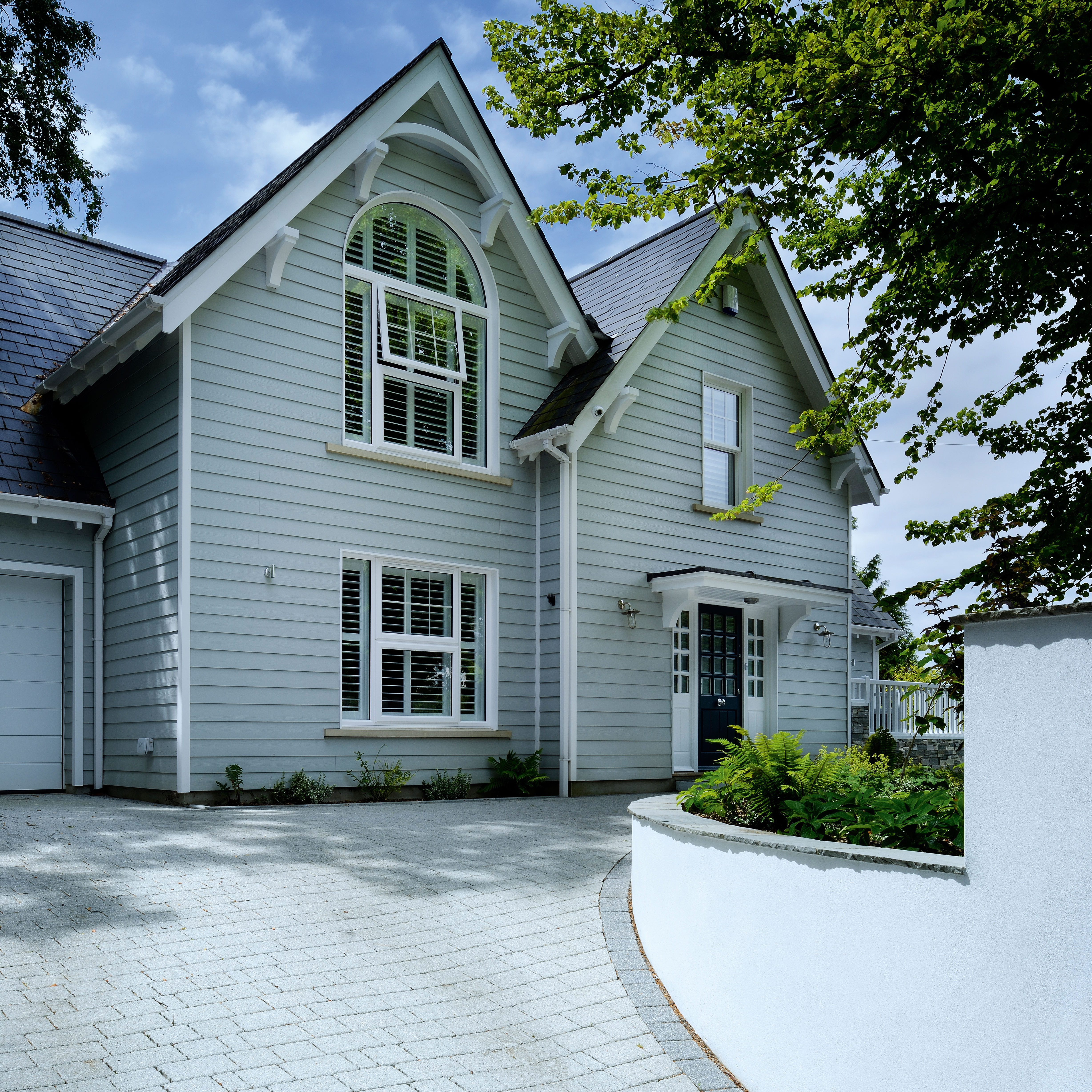
17. Convert a basement without planning permission
If you don’t have sufficient space to extend or convert above ground, you could convert a basement. This will provide you with extra space, without reducing the size of your garden and can transform a home without planning permission.
‘Most people do not know that some basement conversions can be carried out without planning permission,’ says Robert Wood, managing director of the Simply Construction Group. ‘As long as there is an existing cellar or basement, converting it into a living space would not require planning as long as the usage of the room isn’t significantly changing, it isn’t being classed as a separate unit or home, or any work is carried out that would alter the external appearance of the property such as a light well.’
Excavating to create a new basement, which involves major works; adding a separate unit of accommodation; and/or altering the external appearance of the house is likely to require approval, so get in the know about how to apply for planning permission.

18. Convert a building without planning permission
It is possible to convert a disused building, such as a barn, school or church for residential use without planning permission. You will need to check what permissions are needed though, if the building is listed or in a conservation area. If it is a barn that you're converting, you'll need to follow the prior notification procedure.
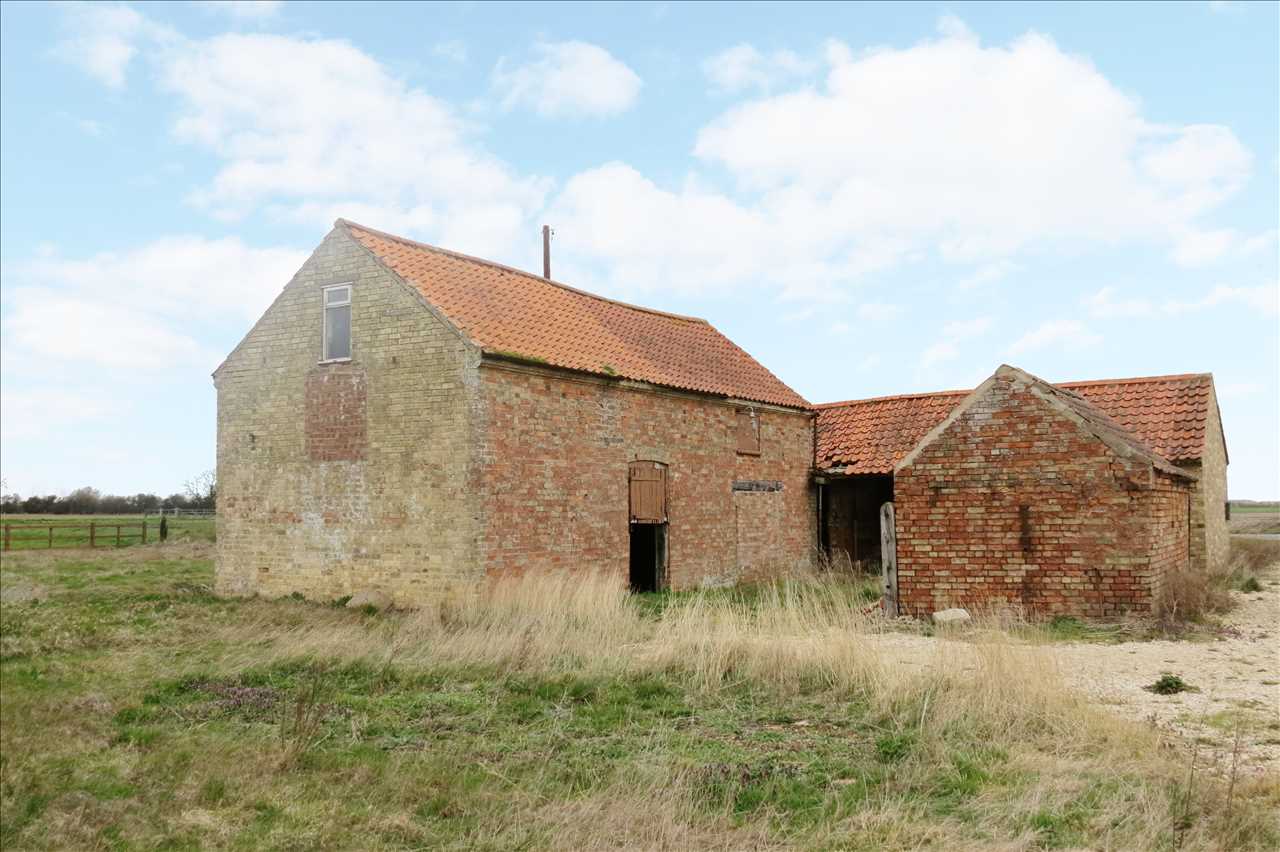
19. Relocate a staircase without planning permission
In most cases, you won’t need planning permission to relocate a staircase, providing it doesn’t have an impact on the external appearance of the home. However, do be aware that if you live in a listed building, different regulations may apply.
‘A new staircase can completely transform a hallway, not just in the way it looks but how the space is used,’ says Claire Pascoe, senior designer at Bisca. ‘Assessing the available space and rearranging the layout of the hallway to use the space more efficiently can add valuable square metres to a home's entrance.
‘A specialist staircase designer will consider all options, including changing the staircase direction to create a better flow of movement, using an open tread design to maximise natural light and reviewing materials used to ensure the stair is in keeping with the period of the property.’
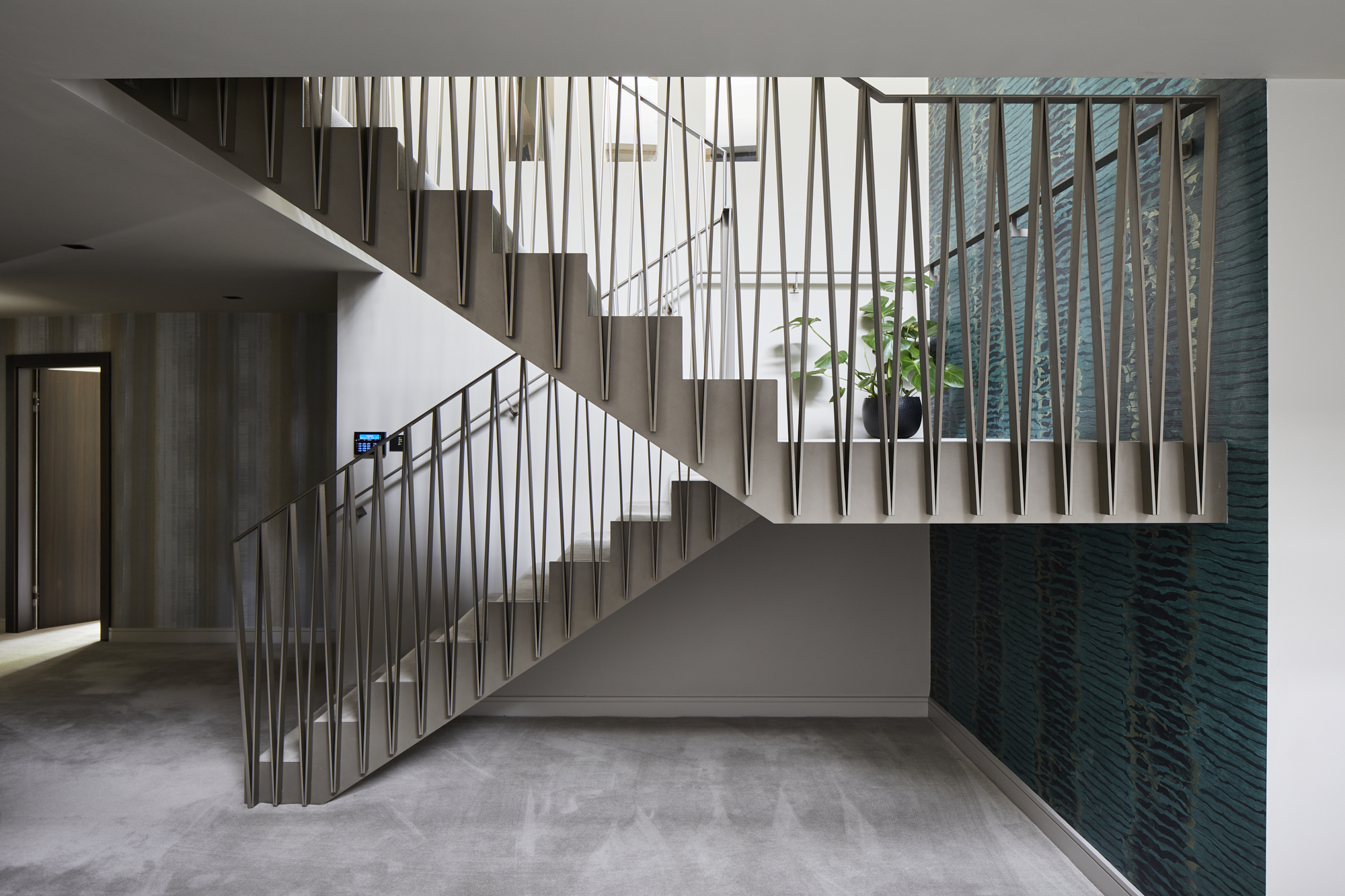
20. Construct a conservatory without planning permission
Opting for a conservatory can be an easy way of extending a house if your needs change. Conservatory ideas can make for a light filled room to enjoy for living or dining.
A conservatory is treated like other extensions, so provided yours follows the rules, including in terms of its dimensions, position, and proximity to your boundaries, it’ll gain you extra square meterage with a great garden view.
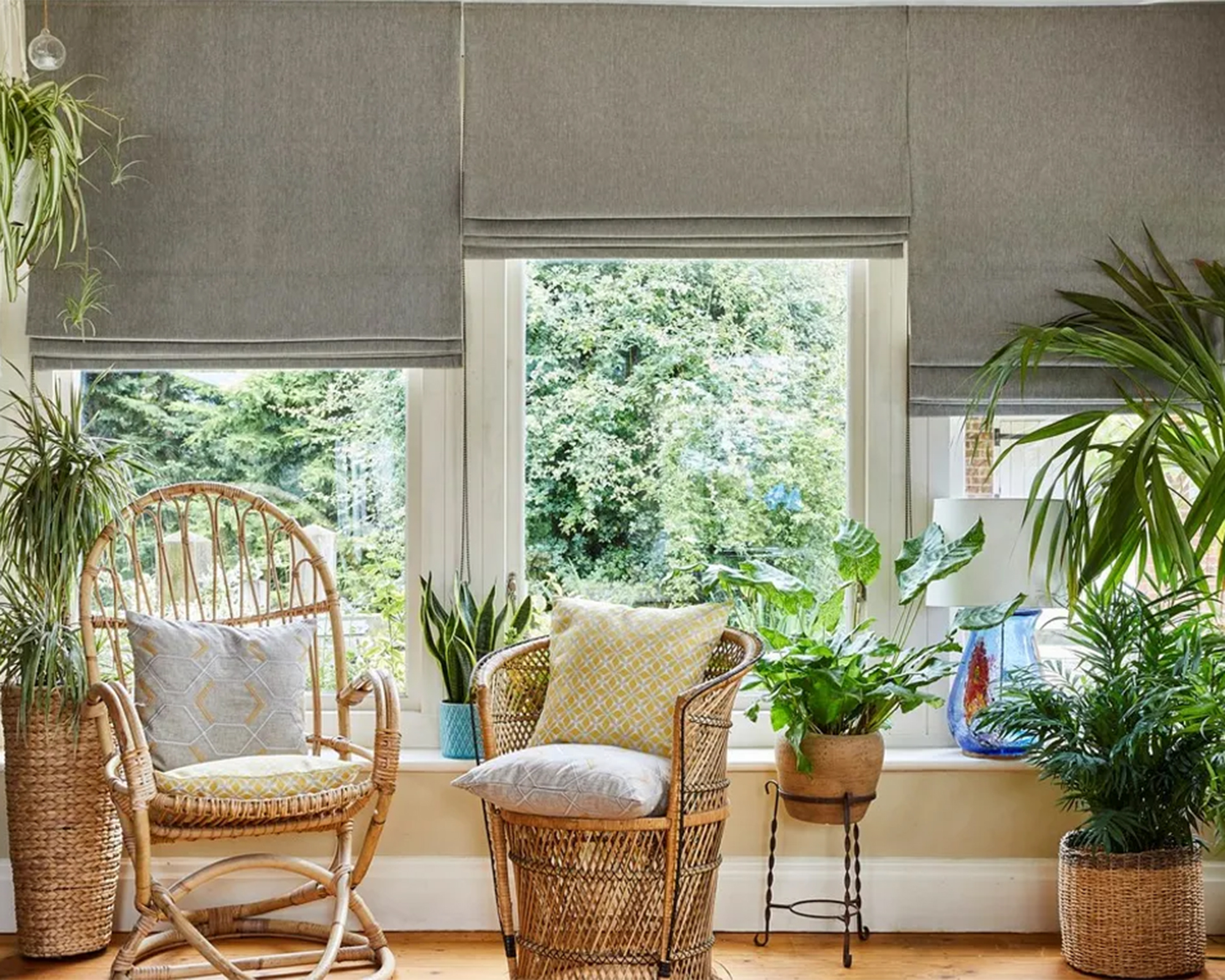
Join our newsletter
Get small space home decor ideas, celeb inspiration, DIY tips and more, straight to your inbox!
Lucy is Global Editor-in-Chief of Homes & Gardens having worked on numerous interiors and property titles. She was founding Editor of Channel 4’s 4Homes magazine, was Associate Editor at Ideal Home, before becoming Editor-in-Chief of Realhomes.com in 2018 then moving to Homes & Gardens in 2021. She has also written for Huffington Post, AOL, UKTV, MSN, House Beautiful, Good Homes, and many women’s titles. Find her writing about everything from buying and selling property, self build, DIY, design and consumer issues to gardening.
- Sarah WarwickFreelance Editor
-
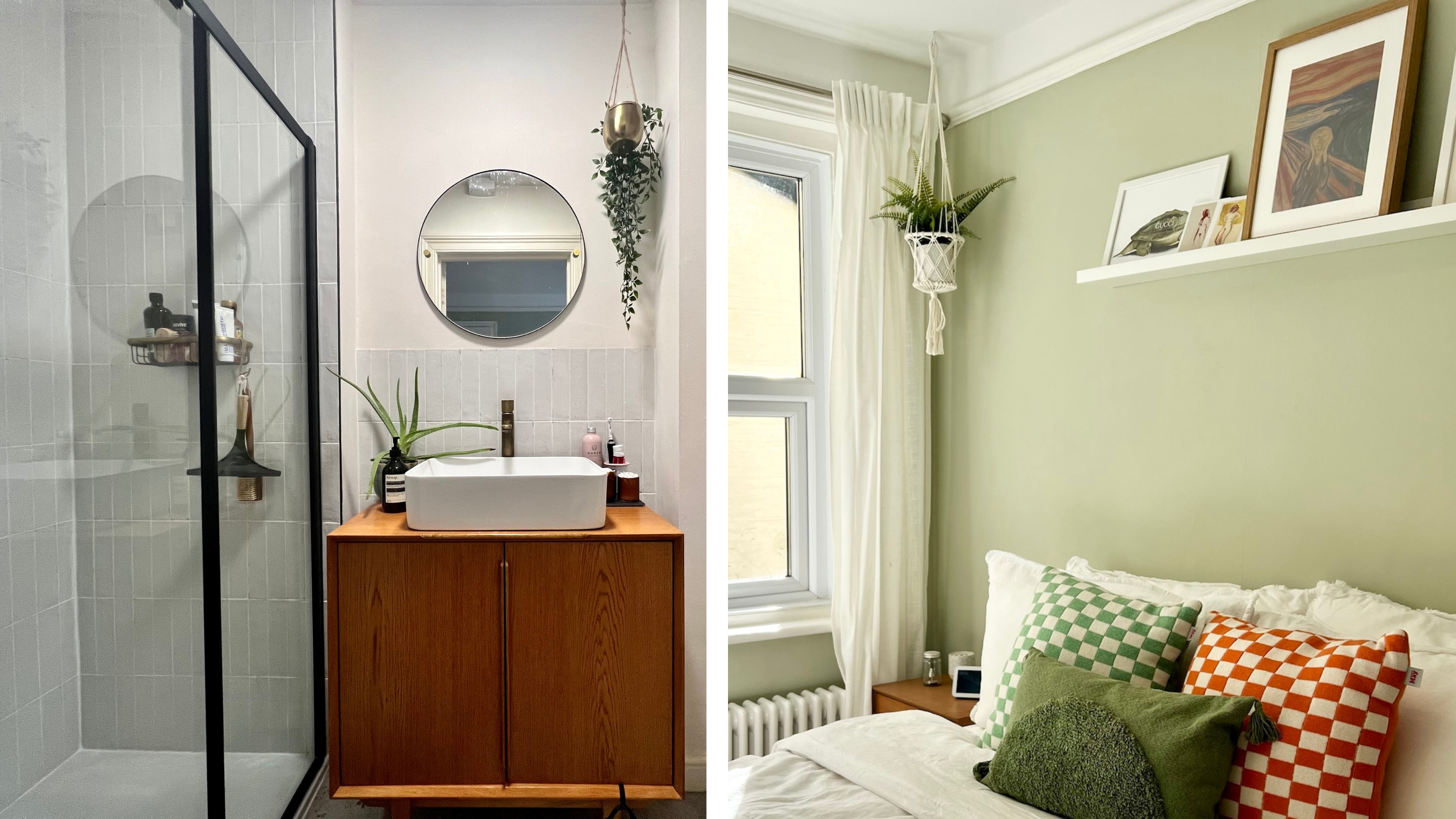 My first apartment makeover: 5 renovation mistakes I learned the hard way, and how you can avoid them
My first apartment makeover: 5 renovation mistakes I learned the hard way, and how you can avoid themThese are 5 things to avoid in your apartment makeover. Trust me, I learned these the hard way during my first renovation project
By Luisa Rossi
-
 Share your small space glow up to win $150 in the Real Homes competition
Share your small space glow up to win $150 in the Real Homes competitionShow off your creativity and DIY skills to win $150 and for the chance to be featured exclusively in Real Homes magazine
By Camille Dubuis-Welch
-
 My DIY range hood and backsplash build gave my kitchen the perfect farmhouse finish
My DIY range hood and backsplash build gave my kitchen the perfect farmhouse finishI craved charm in my kitchen space and adding a custom range hood and shelving was the best move.
By Brooke Waite
-
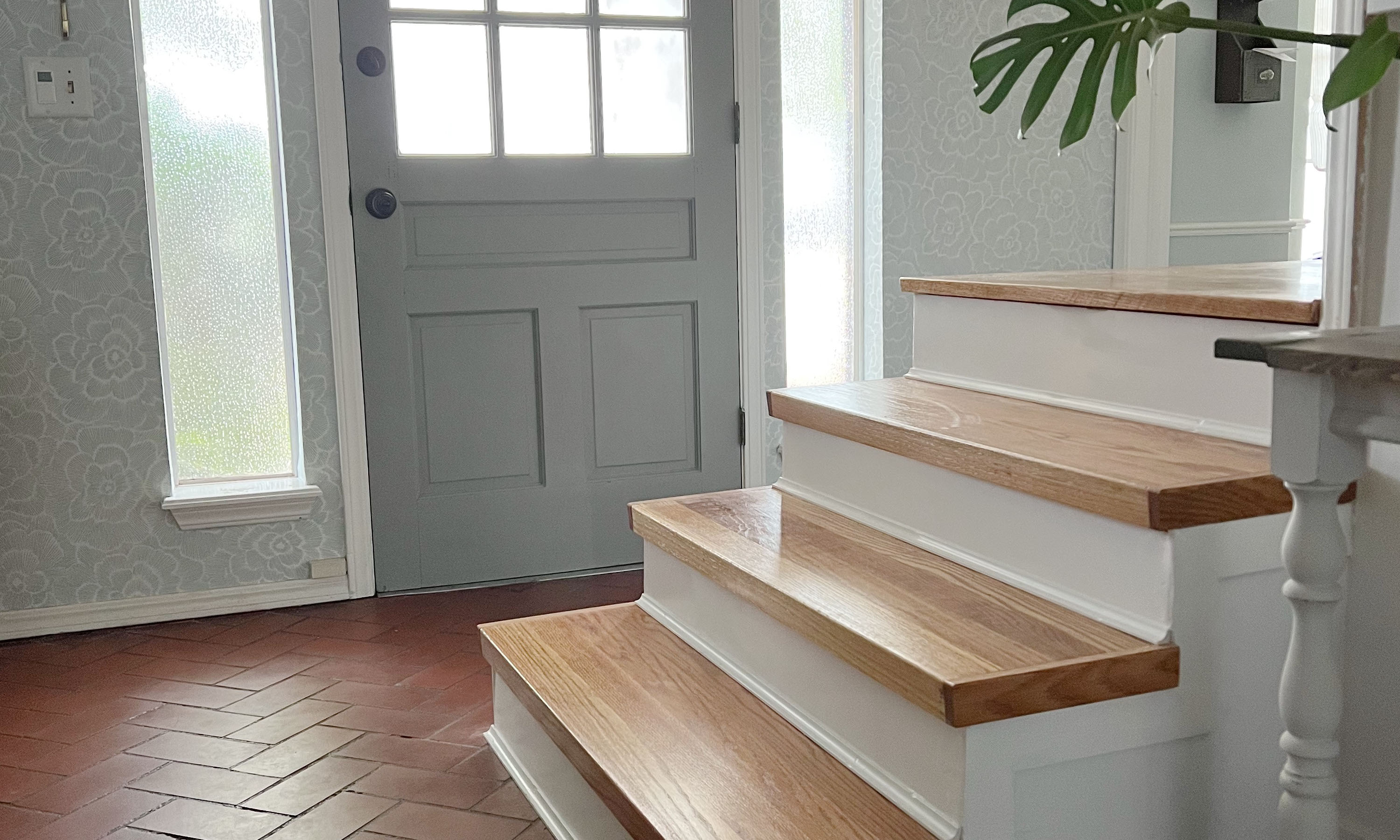 How to convert carpeted stairs to wood treads: a 5-step DIY
How to convert carpeted stairs to wood treads: a 5-step DIYConvert old worn-out carpeted stairs to wood treads DIY for a beautiful finish that will last for years to come. Plus, this stair riser project will cost a fraction of the price to pay a pro!
By Dori Turner
-
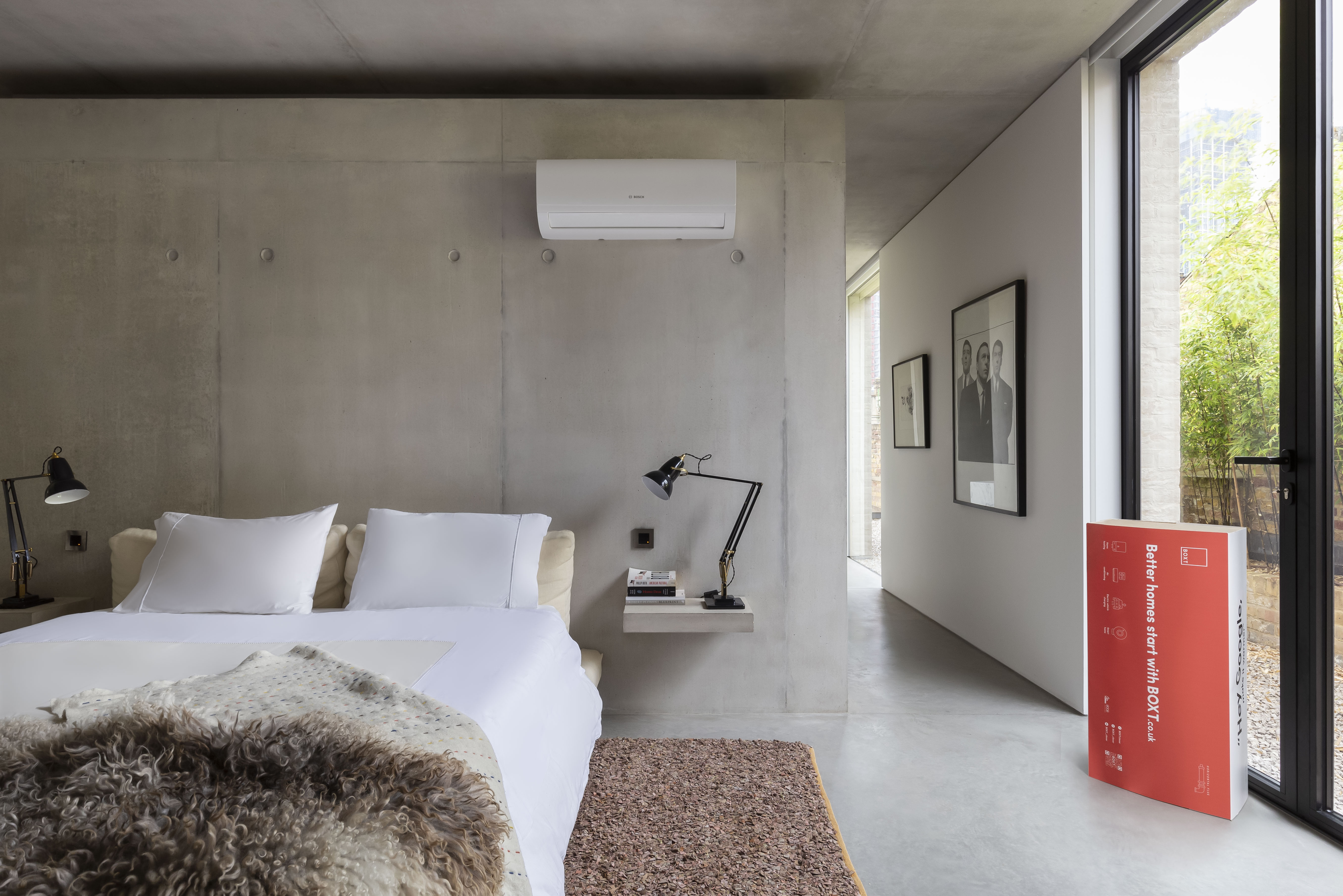 AC not working? Here are 8 things to check ASAP according to industry experts
AC not working? Here are 8 things to check ASAP according to industry expertsYour AC may not be working because the filter is clogged or you've got a tripped circuit breaker. Whatever the issue, getting to the root of the problem will lead to quicker solutions
By Camille Dubuis-Welch
-
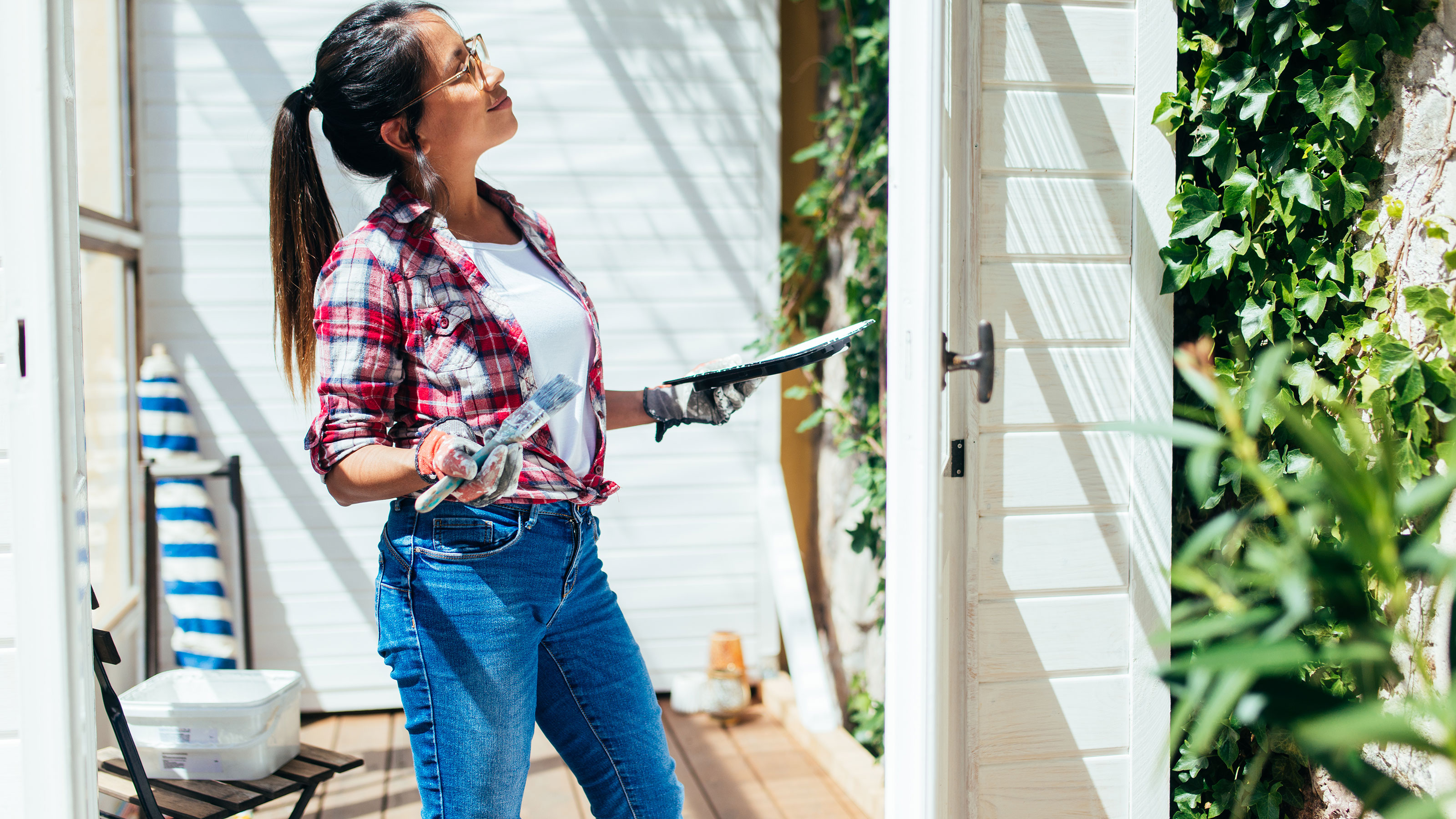 3 DIYs you should NOT do in a heatwave
3 DIYs you should NOT do in a heatwaveYou shouldn't clean windows on a hot day, you just shouldn't
By Camille Dubuis-Welch
-
 HGTV home renovator shares the most essential home repair you can do
HGTV home renovator shares the most essential home repair you can doHGTV's hottest renovator Carmine Sabatella debunks why this basic home maintenance job should not be forgotten
By Camille Dubuis-Welch
-
 15 telltale signs you're dealing with a cowboy builder and how to avoid them
15 telltale signs you're dealing with a cowboy builder and how to avoid themA cowboy builder is easy to spot, when you know the telltale signs. Here's how to avoid one so you don't end up out of pocket with a poor or even unfinished home reno job
By Lucy Searle